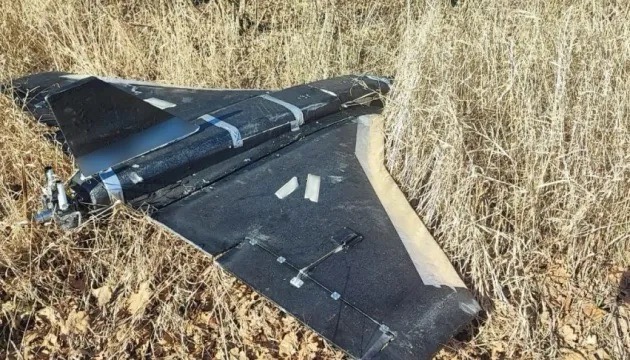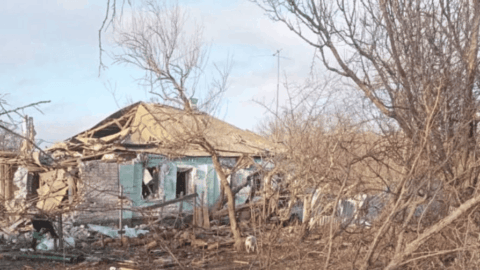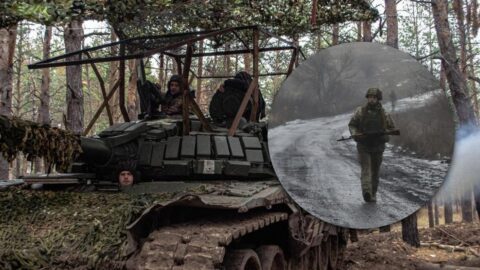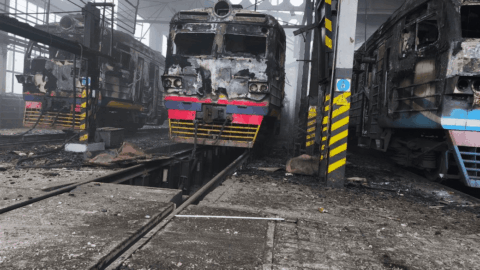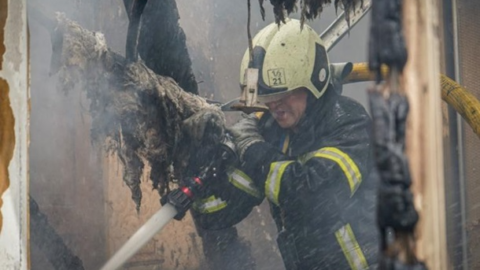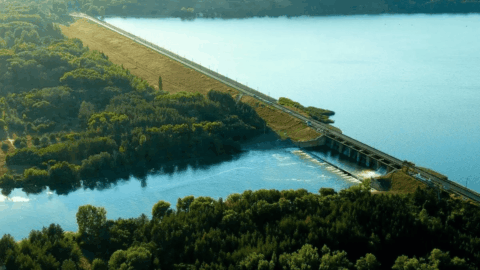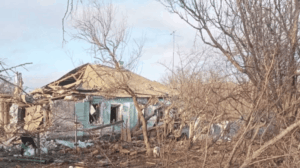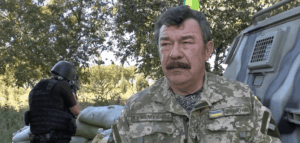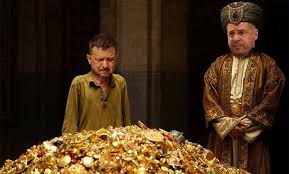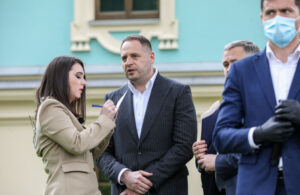The main target of the russian strike was Ukraine’s energy sector and critical infrastructure facilities in Kharkiv and Poltava regions. This was informed by DTEK.
In particular, DTEK reported that Russians attacked Naftogaz’s energy infrastructure with drones and missiles in Kharkiv and Poltava regions. Meantime, Sumy, Dnipropetrovsk, Odesa, and Kyiv regions were also affected by the overnight attack.
In Poltava region, several gas production facilities were shut down due to the massive Russian strike.
DTEK reported that Russians attacked DTEK Naftogaz’s energy infrastructure with drones and missiles — including a gas production facility in Poltava region.
Consequences of the massive strike on Poltava: some schools are switching to online learning, civilian infrastructure and residential buildings have been damaged.
This was reported by the Acting Mayor of Poltava and City Council Secretary Kateryna Yamshchykova. According to her, the Poltava community was under a combined Russian attack all night.
“We have damaged civilian infrastructure and residential buildings in different parts of the community. We continue to record the consequences. As of now, there have been no appeals to medical institutions. Some schools today switched to online learning,” she said about the aftermath of the attack.
The City Council also reported traffic restrictions in Poltava on Nebesnoi Sotni Street “due to an emergency situation.”
In addition, the Mykolaiv Church in Poltava — one of the oldest buildings in the city — was damaged by the Russian shelling.
381 UAVs were launched.
303 shot down.
78 hit their targets (fell).
21 R-500 “Iskander-K” missiles.
12 shot down.
9 hit.
7 Kh-59/69 guided missiles.
5 shot down.
2 hit.
7 Iskander-M, KN-23 missiles.
0 shot down.
7 hit.
A total of 18 missile impacts and 78 drone strikes were recorded at 15 locations, along with debris from downed weapons falling at 6 locations.
The air attack was repelled by aviation, air defense missile units, electronic warfare and unmanned systems units, and mobile fire groups of the Ukrainian Defense Forces.
In Zaporizhzhia region, the Russian army attacked Komyshuvakha and Kushuhum communities. Two people were injured as a result of shelling.
In Kherson region, Russian strikes left five settlements in Beryslav district without electricity.
Overnight, the Russian army carried out an airstrike on the Shostka community in Sumy region. As a result, Shostka and parts of Konotop district were left without power.
In Andriyashivka community, the blast wave damaged and destroyed residential buildings and civilian facilities. Two women experienced acute stress reactions, and an eight-year-old girl was also injured, according to Valentyna Nazarenko, head of the Romny District Administration.
In Chernihiv region, restoration of power grids continues after Russian shelling. Points of resilience are being set up in certain areas. The worst situation is in Nizhyn, a district center with a population of nearly 65,000. The city remains without stable electricity supply.
“The situation is very difficult, critical, I would say,” said Mayor Oleksandr Kodola.
According to him, electricity is now being supplied on a 4-on-5-off schedule, meaning 4 hours with power and 5 without.
All schools have switched to online learning. Eight resilience centers have been opened, where people can charge devices and warm up. Water is supplied on a schedule — only a few hours a day. All critical infrastructure is operating on backup power sources.
Prime Minister Yuliia Svyrydenko stated that the government is taking necessary measures to protect Ukraine’s energy system. In her view, Russia has deliberately begun targeting critical infrastructure.
“The enemy continues to deliberately strike at energy infrastructure. We are working to protect the system from new threats,” the Prime Minister emphasized.
Tags: 2025 war news blackout energy sector Energy security Infrastructure Damage Power outages Russian Strikes ukraine war
